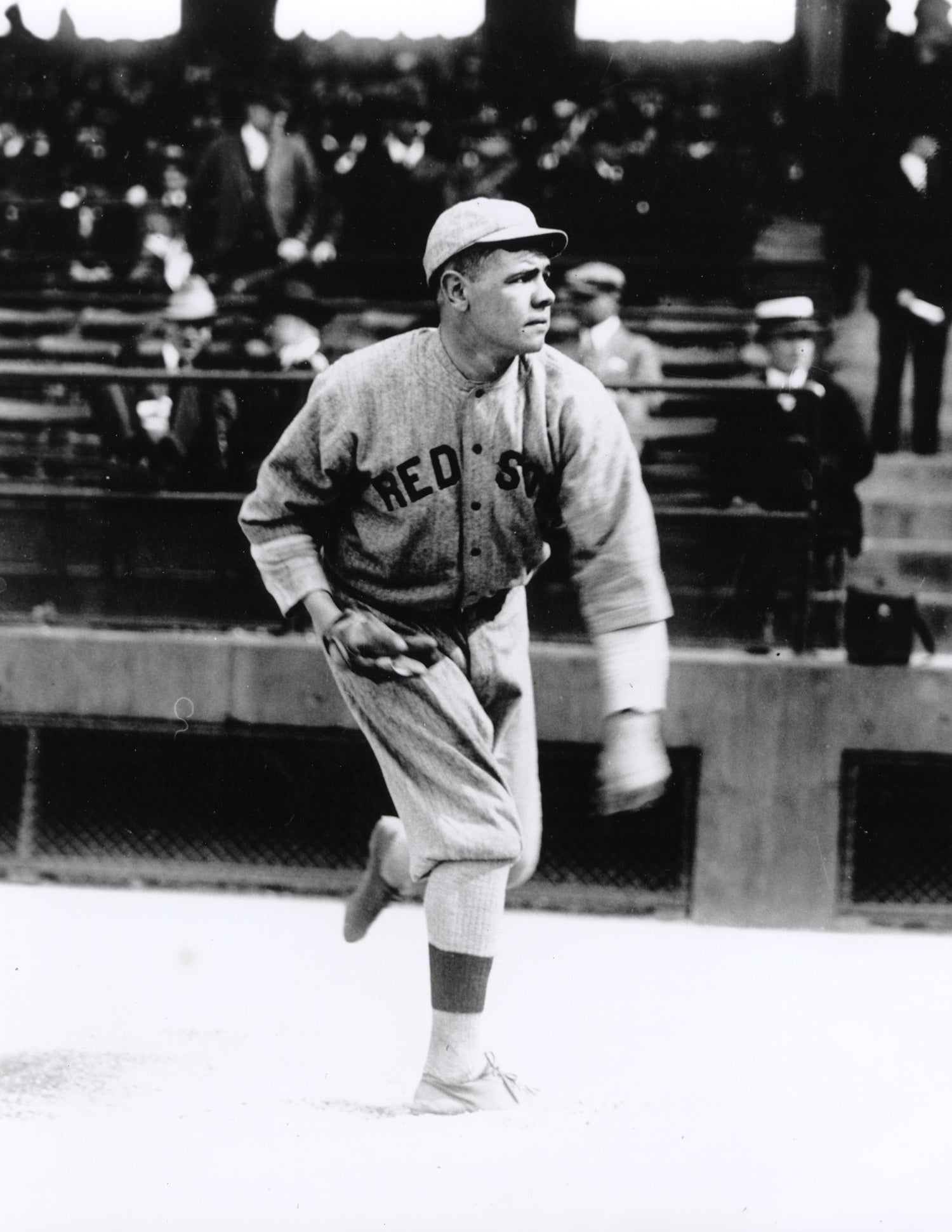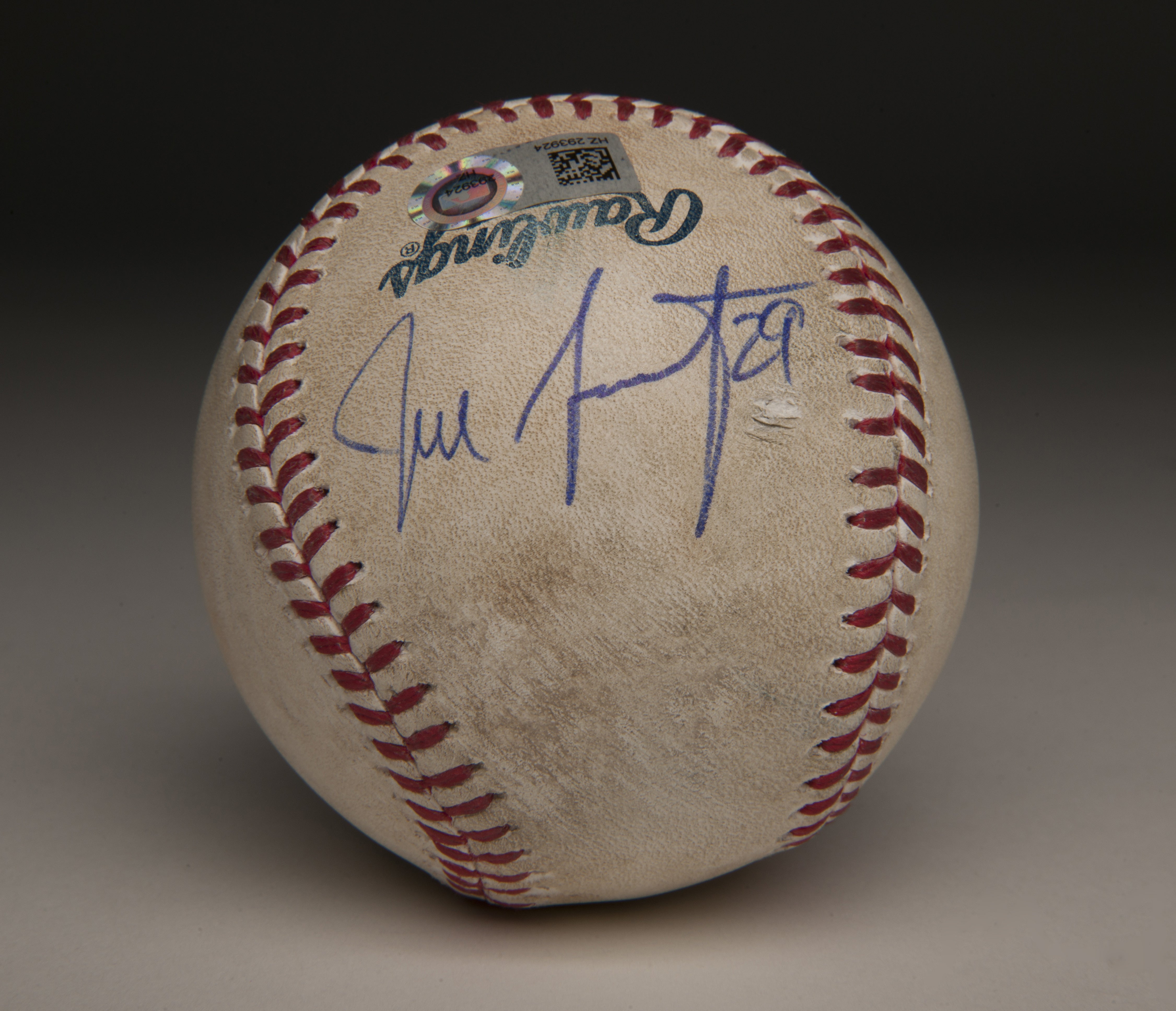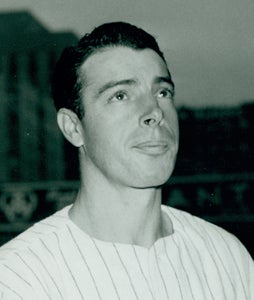- Home
- Our Stories
- #Shortstops: These photos are for the birds
#Shortstops: These photos are for the birds
“Thank you very much for your kind letter. Yes – the pigeons seen flying away from the Yankee Stadium are carrying photographs.”
Yes, you read that right. Yes, I was just as puzzled when I came across the digital copy of this letter from the Hall of Fame’s Correspondence collection. Yes, I naturally decided I needed to find out more.
After a long search, I finally located a New Yorker article that explained the unusual letter.
In 1935, the New York Journal-American began using homing pigeons to cover the arrival of ships in New York City. As the years went on the newspaper started using the pigeons for different events such as horse races, natural disasters and baseball games.
Hall of Fame Membership
There is no simpler, and more essential, way to demonstrate your support than to sign on as a Museum Member.
So the pigeons the author was asking about? Those were the Journal-American’s 12 homing pigeons getting their bearings before flying from Old Yankee Stadium to their offices at 220 South St. in Manhattan to deliver pictures of the World Series.
During the game, as a photographer took a photo, a colleague in the press box wrote a caption on onion paper. Once complete, the photographer put his camera into a black bag to prevent damage to the film when it is removed. Using the hand openings in the bag, the photographer would remove the film, roll it up with the caption and insert it into a metal canister. The canister was then taped to the leg of one of the pigeons, who would be tossed into the air, fly around a few times, and head back to the office.
As described by the New Yorker, the pigeons’ “flight to the office last[ed] about nine minutes and they ma[de] it possible for the Journal to print Joe DiMaggio’s smiling face thirty-eight minutes after he cross[ed] home plate, which le[ft] ample time to put the paper on sale by the end of the game.”
Imagine being able to buy a newspaper that includes pictures of the World Series game you just attended? While this seems unimpressive in the time of instantaneous news and social media, this was quite the feat in 1938. Now, imagine it happening because pigeons flew with pictures taped to their legs from the Bronx to Manhattan. Even for the people living in 1938, this was both unusual and impressive.
Jamie Brinkman was the digital asset manager at the National Baseball Hall of Fame and Museum






